Taser Storage
Most law enforcement personnel store their electroshock weapons in their police lockers while off duty, but many agencies have no specific guideline or solution for storing spare devices and extra cartridges. We’ve found that these two strategies are best for optimizing space and keeping gear organized.
Plastic Bins on High-Density Shelving
Colored plastic bins on shelves keep cartridges and ECDs organized for easy access and quick inventory. The shelves are on a high-density storage system, so they slide together and lock when not in use. Aisles can be opened with a PIN code.
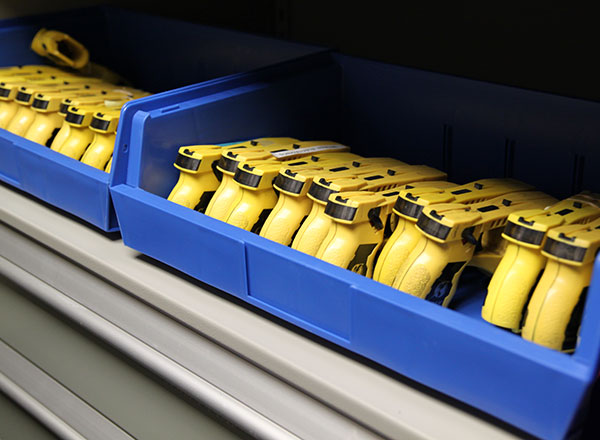

Electroshock Weapons Brackets in Weapons Racks or Shelving
Most departments have multiple types of weapons, including a mix of pistols and electrostatic weapons, to store in one location. Future flexibility to rearrange or repurpose the cabinet in the future is usually desirable, too.
Specially designed electroshock weapon brackets can be attached to the steel back panel of the Universal® Weapons Rack. The universal back panel (steel pegboard) can also be inserted in a standard 4-post shelf. The brackets are vinyl-dipped to ensure the ECD finish is protected. Shelves and bins within the cabinet can then be used to store cartridges.
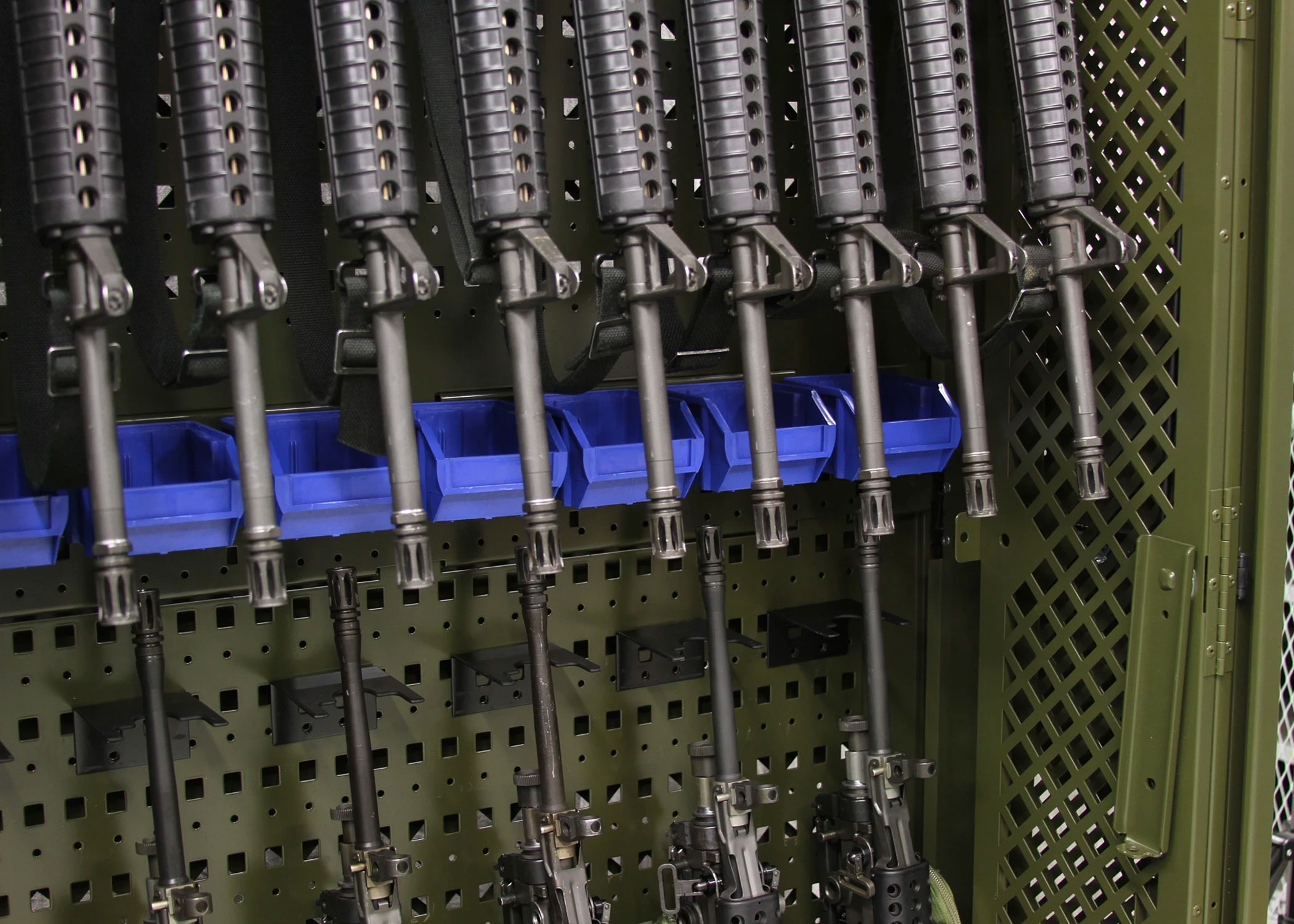
The Universal® Weapons Rack is a popular choice for weapon storage because it keeps weapons secure and is easy to reconfigure.

For the ultimate in transportability, Universal® steel backing and UWR accessories can be installed on a cart for easy transport to classrooms or the shooting range.
Training Weapon Storage
Storing training weapons presents unique challenges, particularly since a wide variety of weapons need to be stored and because weapons need to be upgraded to stay current.
Personal Gear Storage
Officers need a place to prepare for shifts and unwind afterwards. They use the police lockers that hold their uniforms and personal belongings at least twice every day, so it makes sense to give special consideration to the lockers’ size and configuration. We’ve developed in-depth information on how to choose police lockers and law enforcement locker room design.
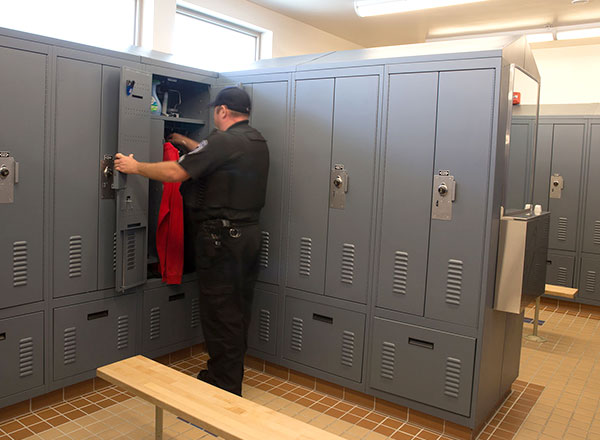
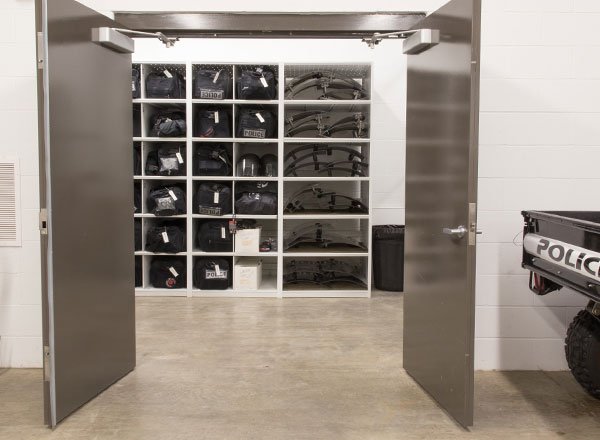
Tactical Gear Storage
As protests and large gatherings increase in frequency around the country, more police departments are preparing for these events by ensuring they have adequate crowd control gear in the event that crowds turn violent. This gear needs to be accessible in case of emergency, but since it’s rarely used it should be stored where it’s out of the way of day-to-day operations.
Protect your department’s investment in life-saving body armor and crowd control gear, while also keeping it organized and accessible.
Police Badge Storage
Police badges are often an overlooked item when it comes to planning storage at a police department — after all, how hard can it be to store something that’s so small? But in reality, badges are one of the easiest pieces of equipment to lose, and a misplaced badge can not only pose a potential impersonation risk but can also cost a department up to $200 to replace. Plus, with multiple types of badges for promotions and replacements, most departments have a surprising number of badges to store. The best system for police badge storage consists of three parts that can easily be integrated into your department’s overall gear storage solution.
- Locked Room The first line of defense against stolen and misplaced badges is a locked room.
- Shelf with Bockable Drawer or Bin Within the locked room, a 4-post shelf with a locking drawer keeps badges secured, in one location, and protected from being damaged by surrounding gear. Within the drawer, bins or dividers can be used to separate different types of badges.
- Mobile Storage System (Optional) Shelves and locking drawers can be mounted onto a high-density compact storage system, which provides a great way to store all different types of gear in a smaller space. The mobile system can then be locked and accessed using a PIN code to provide a final layer of security.
Bite Suit Storage
Since protection dogs need weekly training throughout their careers, departments with canine units usually acquire their own bite suits. Storing those suits can be a problem because bite suits are bulky and they must be stored in a well-ventilated area to prevent molding and odor.
We devised a creative way to use an existing Spacesaver product to create bite suit storage. We specified a Tactical Readiness Locker with double doors and an 84″ height and 30″ depth. The locker’s sides, doors, and back are made of perforated steel mesh, which allows air to flow around the suits and accessories for drying and ventilation. A rail provides hanging storage for the jackets, and the pants can be folded loosely and stored below. Dividers create compartments for helmets, boots, gauntlets, and other accessories. The suit’s carrying bag can be stored in the lowest compartment and a high shelf provides additional storage. A padlock hasp ensures that the expensive suits, which can cost around $1500 each, are securely stored.
Bike Storage
Storing bikes as evidence, found property, or for patrol, is a challenge at almost every police department. They take up a lot of space but they need to be accessible. They also need to be stored indoors or under cover because their components deteriorate when exposed to rain or sunlight for months on end.
High-Density Bike Storage
Use custom bike hooks on shelving, which was in turn mounted on a Spacesaver high-density storage system. The system is in a locked room with a color-coded system that allows the department to track how long the bike has been in their possession. The system houses found bikes as well as ten of the department’s patrol bikes.
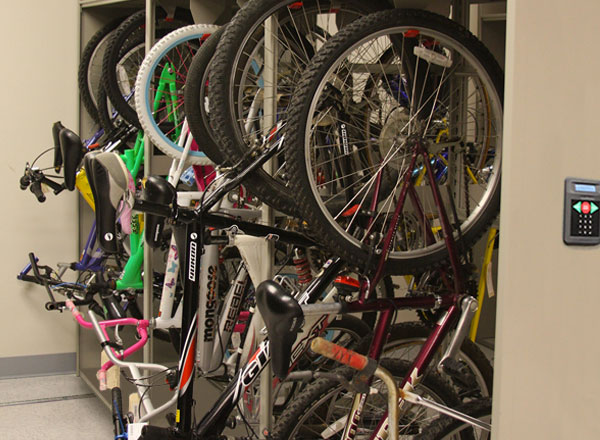
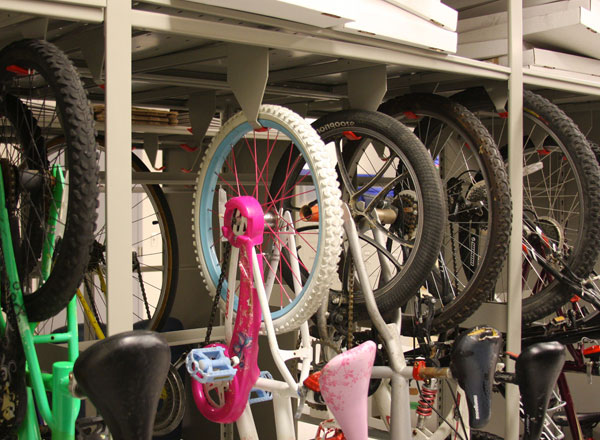
Shelving for Bike Storage
Departments that have more space can still compactly store bikes by using custom bike hooks on 4-Post shelving.
Wall-mounted Bike Storage
This sheriff’s department opted to mount custom hooks on the wall to store bikes.
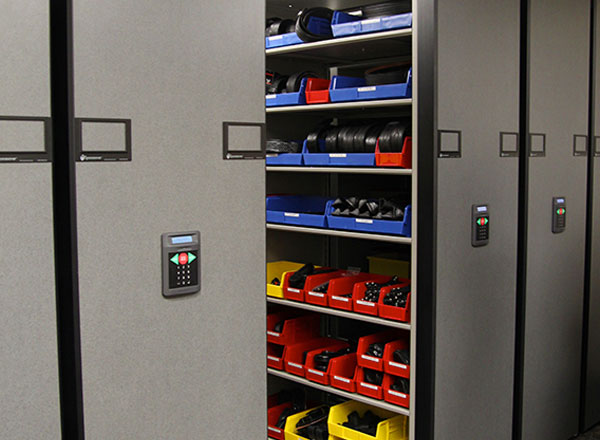
Handcuff Storage
Although handcuffs are typically issued directly to officers, spare handcuffs need to be stored responsibly. They’re small, but they’re often expensive and they’re absolutely essential for officers to do their job.
An easy but less-than-ideal way to keep spare handcuffs organized and consolidated is to keep them in a locked drawer. A better solution is to improve accessibility and provide additional security by integrating handcuff storage with the rest of your storage system. This police department incorporated the drawer units into a high density mobile storage system that can only be opened with a PIN code.
Looking for more information on police storage, including funding tips and best practices?
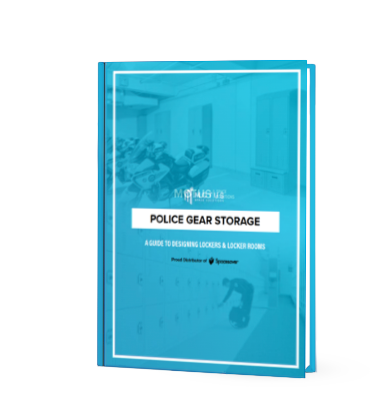

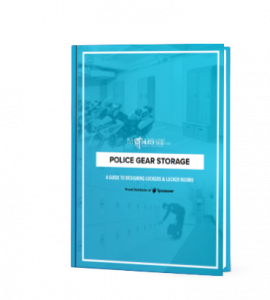
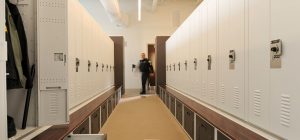
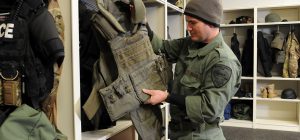

4 thoughts on “Police Storage Checklist”
Comments are closed.